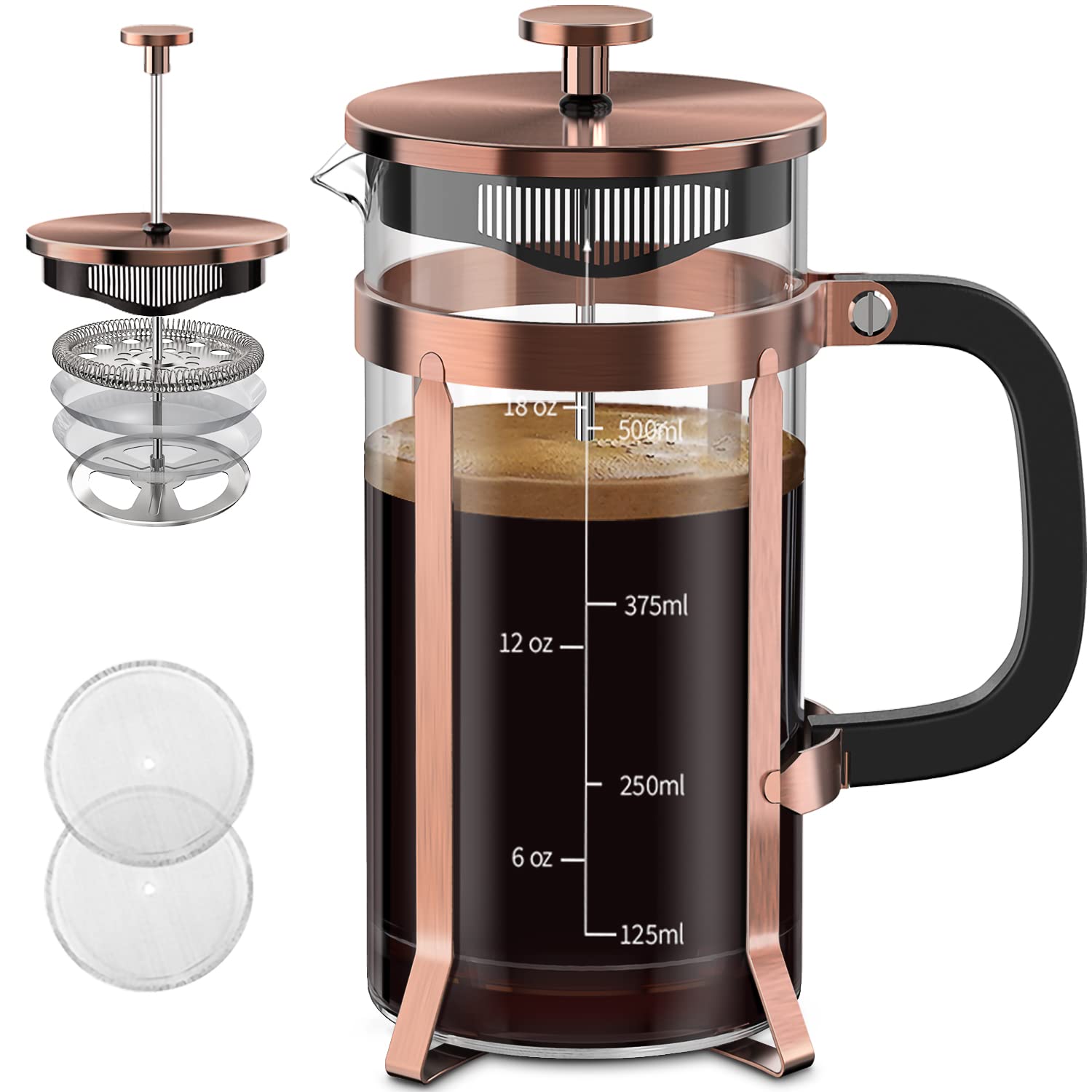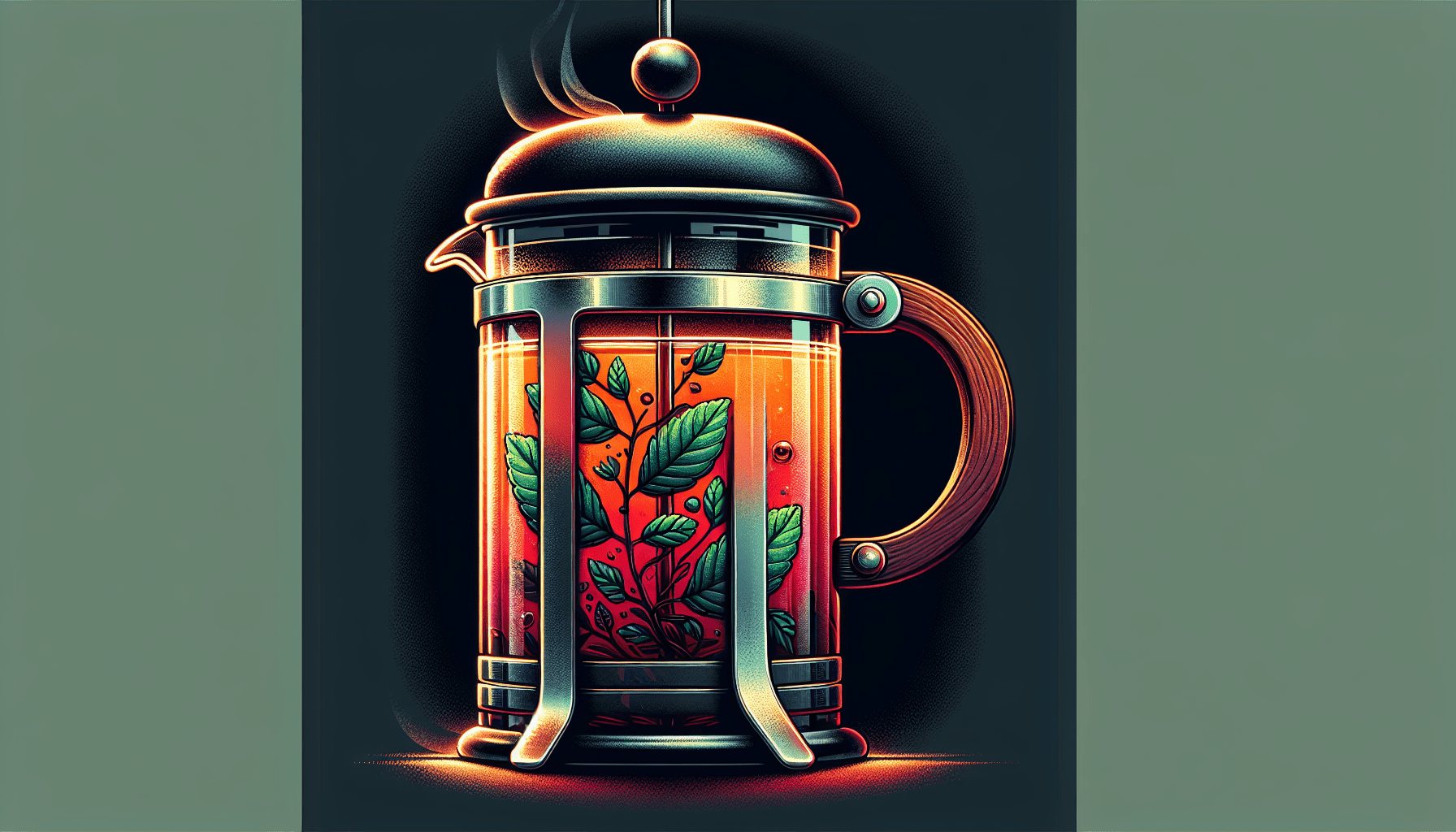If you love a rich and full-bodied cup of coffee, then French press brewing is the way to go. But with so many coffee bean options out there, choosing the right ones for your French press can be a bit overwhelming. Don’t worry, we’ve got you covered. In this article, we’ll explore the different types of coffee beans that are perfect for French press brewing, so you can enjoy a delicious and satisfying cup of coffee every morning.
Arabica Beans
Arabica beans are considered the gold standard when it comes to coffee beans. They are known for their rich flavor profile and complex notes. Arabica beans tend to have a brighter acidity, which adds a pleasant tang to the brew. The body of Arabica beans is usually described as smooth and velvety, making for a delightful mouthfeel.
Flavor Profile
Arabica beans offer a wide range of flavors, from fruity and floral to nutty and chocolatey. Depending on the origin and roast level, you can experience notes of citrus, berries, caramel, or even spices. These flavors are what make Arabica coffee so sought-after among coffee connoisseurs.
Acidity
Arabica beans have a higher acidity level compared to Robusta beans. This acidity brings brightness and liveliness to the cup, adding a refreshing zing to the overall flavor profile. It balances out the sweetness and enhances the various flavor notes present in the coffee.
Body
Arabica beans are known for their medium to full body. This means that the coffee brewed from Arabica beans has a rich, smooth texture that coats your palate. The body of Arabica coffee contributes to its overall satisfying and luxurious mouthfeel.
Robusta Beans
While Arabica beans may be the darlings of the specialty coffee world, Robusta beans also have their own unique characteristics. Robusta beans are known for their bold, earthy flavor profile, which can be quite distinct from Arabica beans.
Flavor Profile
Robusta beans have a stronger and more assertive flavor compared to Arabica beans. They are often described as having a bold, bitter, and sometimes even nutty taste. Robusta coffee tends to have less complexity in terms of flavor notes, but it makes up for it in its robustness.
Acidity
Robusta beans have lower acidity levels compared to Arabica beans. This means that the coffee brewed from Robusta beans is less tangy and more mellow in terms of its acidity. The lower acidity of Robusta coffee allows its other flavors to shine through.
Body
Robusta beans are known for their full-bodied nature. The coffee brewed from Robusta beans has a heavier mouthfeel and a more pronounced lingering aftertaste. If you prefer a coffee that leaves a lasting impression on your palate, Robusta beans might be a great choice for you.
Blends
Blends are a popular choice among coffee lovers as they combine the best qualities of different types of beans to create a unique and balanced flavor profile. Blending Arabica and Robusta beans can result in a well-rounded and flavorful cup of coffee.
Benefits of Blends
Blending Arabica and Robusta beans can offer a multitude of benefits. The robustness of Robusta beans can add depth and body to the coffee, while the acidity and complex flavors of Arabica beans provide balance and complexity. Blends can also be tailored to suit different tastes and preferences, allowing for a personalized coffee experience.
Finding the Right Blend
Finding the perfect blend for your taste can be an exciting journey. Experimenting with different ratios and origins can help you discover the flavor profile that resonates with you. Whether you prefer a bold and intense cup or a smoother and more nuanced one, there is a blend out there that will satisfy your coffee cravings.
Single-Origin Beans
Single-origin beans offer a unique and distinctive coffee experience. These beans come from a specific region or farm, allowing you to explore the flavors that are characteristic of that particular origin.
Flavor Profile
Single-origin beans can showcase the unique flavors and characteristics of their specific origin. Whether it’s the fruity and floral notes of Ethiopian coffee or the chocolatey richness of Colombian coffee, single-origin beans offer a chance to delve into the terroir and taste the nuances of different coffee-growing regions.
Exploring Different Origins
Sampling coffee from various regions can be an exciting adventure for your taste buds. Each origin brings its own flavor profile and characteristics to the table. From the citrusy brightness of Kenyan coffee to the earthy tones of Sumatran coffee, exploring different origins allows you to expand your coffee horizons and discover new favorites.
Medium Roast vs. Dark Roast
The roast level of coffee beans plays a significant role in determining the flavor and overall experience of your cup of coffee. Understanding the differences between medium and dark roasts can help you choose the right option for your taste preferences.
Medium Roast
Medium roast coffee beans are roasted to a point where the flavors of the beans are developed without being overshadowed by the depth and intensity of a dark roast. This results in a well-balanced cup with a medium body and acidity. Medium roasts are often described as having a balance of sweetness, acidity, and flavor notes.
Dark Roast
Dark roast coffee beans are roasted for a longer period to bring out bolder flavors and deeper tones. The longer roasting time creates a fuller body and darker color, accompanied by a distinct smoky and caramelized flavor profile. Dark roasts tend to have lower acidity levels and can be preferred by those who enjoy a more intense and robust cup of coffee.
Choosing the Right Roast Level
Choosing the right roast level ultimately depends on your personal taste preferences. If you prefer a brighter and more nuanced cup with a range of flavor notes, medium roasts might be the way to go. On the other hand, if you enjoy a bolder and more robust cup with a pronounced body, dark roasts might be the perfect fit for you. It’s all about finding the roast level that brings out the flavors you enjoy the most.
Whole Beans vs. Pre-Ground
When it comes to coffee, freshness is key. Whether you choose to buy whole beans or pre-ground coffee, there are advantages to each option.
Freshness
Whole beans have the advantage of retaining their freshness for a longer period. Once coffee beans are ground, their surface area increases, exposing more of the bean to air and accelerating the oxidation process. By grinding your beans just before brewing, you ensure that you are getting the freshest cup possible.
Control over Grind Size
Choosing to grind your own beans allows you to have more control over the grind size. Different brewing methods require specific grind sizes for optimal extraction. By adjusting the grind size, you can customize the brewing process to achieve the desired flavor and strength. With pre-ground coffee, you are limited to the grind size chosen by the manufacturer.
Grind Size
The grind size of your coffee beans is crucial in determining the extraction and flavor of your brew. Different brewing methods require different grind sizes to achieve the best results.
Coarse Grind
A coarse grind is typically used for brewing methods like French press or cold brew. The larger particle size allows for a slower extraction process, resulting in a smoother and less bitter cup. Coarse grind coffee is usually preferred when you want a full-bodied and robust brew.
Medium Grind
A medium grind is commonly used for brewing methods like drip coffee makers or pour-over. The medium particle size allows for a balanced extraction, preserving the flavors while avoiding over-extraction or under-extraction. Medium grind coffee provides a well-rounded flavor profile that is enjoyed by many coffee enthusiasts.
Finding the Right Grind Size
Experimenting with different grind sizes can be an exciting way to discover the brewing method that produces the best cup for you. Whether you’re aiming for a bold French press brew or a clean and crisp pour-over, adjusting the grind size can help you fine-tune the flavor and overall experience of your coffee.
Freshness
Freshness is a crucial factor to consider when it comes to enjoying a delicious cup of coffee. Keeping your coffee beans fresh ensures that you are getting the best flavor and aroma from each brew.
Roast Date
Checking the roast date of your coffee beans is essential in determining their freshness. Coffee beans are at their peak within a few weeks of being roasted. After that, they start to lose their flavor and aromatics. It’s recommended to use coffee beans within a month of their roast date for optimal freshness.
Storage
To preserve the freshness of your coffee beans, it’s important to store them properly. It’s best to keep your beans in an airtight container away from heat, light, and moisture. Avoid storing them in the refrigerator or freezer, as the fluctuating temperatures can affect the flavor and quality of the beans. By storing your beans correctly, you can enjoy a consistently flavorful cup of coffee.
Organic and Fair Trade
Choosing organic and fair trade coffee can have a positive impact on both the environment and the livelihoods of coffee farmers.
Environmental and Social Impact
Organic coffee is grown without the use of synthetic pesticides and fertilizers, which helps preserve soil health and biodiversity. It promotes sustainable farming practices that prioritize the well-being of the environment. Fair trade coffee ensures that farmers receive fair prices for their products, allowing them to invest in their communities and improve their living conditions.
Flavor Considerations
Organic and fair trade coffee often undergoes meticulous cultivation and processing, resulting in high-quality beans. These beans are known for their clean and pure flavor profiles, free from chemical residues. By choosing organic and fair trade coffee, you not only support responsible farming practices but also enjoy the delicious flavors that come with it.
Experimenting and Personal Preference
Coffee is a beverage that can be endlessly explored and tailored to suit individual tastes. Taste testing and exploring different origins can be an enjoyable way to expand your coffee horizon and discover new flavors.
Taste Testing
Organizing a taste test with different coffee beans can be a fun and educational experience. By brewing and sampling various types of beans, you can compare the flavor profiles and understand your preferences better. This allows you to pinpoint the characteristics you enjoy the most and embark on a coffee journey that caters to your personal taste.
Exploring Different Origins
Each coffee-growing region has its own unique characteristics and flavor profiles, making it worthwhile to explore different origins. By trying coffee from different countries or regions, you can experience the diverse range of flavors coffee has to offer. From the bright and fruity notes of Latin American coffee to the earthy and spicy undertones of African coffee, the possibilities are endless.
In conclusion, choosing the right coffee beans for your preferred brewing method and taste preferences can significantly enhance your coffee experience. Whether you opt for the rich and complex flavors of Arabica beans, the boldness of Robusta beans, or the balance of a carefully crafted blend, there is a coffee bean out there waiting to provide you with the perfect cup. By considering factors such as roast level, grind size, freshness, and personal preferences, you can embark on a coffee journey that celebrates the flavors and nuances of this beloved beverage. So go ahead, explore, experiment, and savor the wonderful world of coffee!




